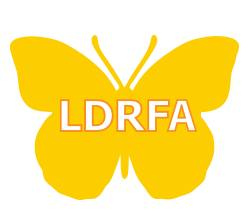According to the National Institute of Health and research studies, toxic chemical exposures may play a role in learning and developmental disabilities. The exposure prenatal and during early childhood to certain chemicals may cause a disruption in normal neurological development or function that can last a lifetime.
Table of Contents
ToggleThrough scientific studies the following chemicals, although not exclusive are suspected or known to impact neurological development and/or health in both children and adults.
- Bisphenol A (BPA) – used as an epoxy resin and in polycarbonate plastic products including certain water bottles, baby bottles as well as food storage and heating containers.
- Lead-used as an additive in paint prior to 1978; a coating for ceramics and some imported products including toys, jewelry and other children’s products.
How can we protect our children and ourselves from hazardous chemical exposure?
- Obtaining knowledge about these chemicals, their use in products and the environment.
- Become an educated consumer buying eco-friendly, toxin free products, reading labels and product warnings.
- Adopt “Green” practices using environmentally friendly products.
- Advocate for legislation to remove products containing harmful chemicals
Want to learn more? Below is a list of other helpful resources and articles:


